Affiliate links on Android Authority may earn us a commission. Learn more.
How to change the keyboard on an iPhone
March 2, 2023
What keyboard you use on your iPhone is extremely important. After all, it’s what you will be using to communicate with people, so you need a keyboard that is easy, convenient, and comfortable to use. It should also be customized to your exact specifications, so you have all the features you need literally at your fingertips. Here is how to change the keyboard on your iPhone to your liking, as well as customizations, tweaks, and third-party options to consider.
Read more: Apple iPhone 13 buyer’s guide — everything you need to know
QUICK ANSWER
To change the keyboard on your iPhone, go to Settings >General >Keyboard >Keyboards. Here, you can add a new keyboard, edit the ones you already have installed, and enable or disable keyboard features.
JUMP TO KEY SECTIONS
Keyboard options on the iPhone
Let’s first take a look at some of your options when it comes to the iPhone keyboard.
Native keyboard options
The first two will be looked at in more detail later, but here’s a quick rundown of the others.
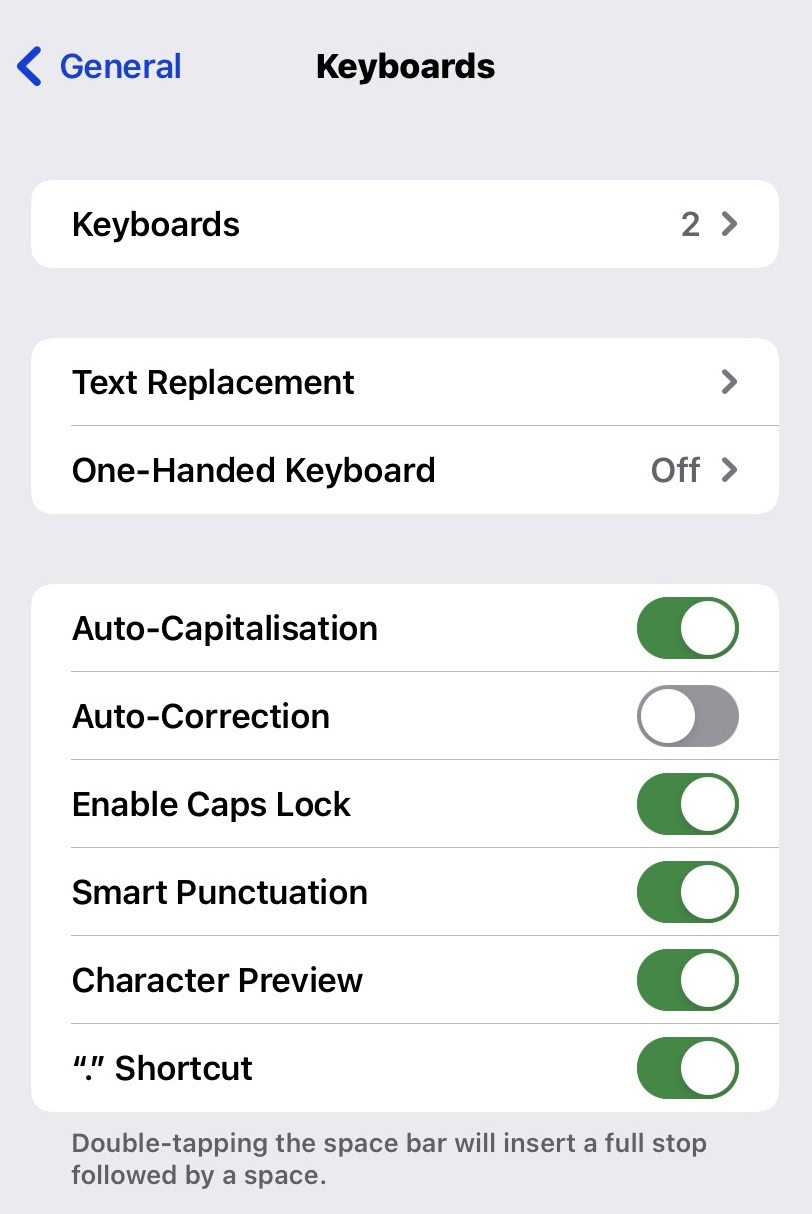
- Auto-Capitalization — typing a sentence will automatically capitalize the first letter. This is good if you type fast and you don’t want to stop to add a capital letter.
- Auto-Correction — self-explanatory. If the phone thinks you have misspelled a word, it will correct it for you. This can be potentially risky for obvious reasons, so you may want to disable it if your spelling is good enough. You don’t want your phone to send any curse words to your elderly grandmother.
- Enable Caps Lock — self-explanatory. The Caps Lock key is enabled. Cue screaming messages to your loved ones.
- Smart Punctuation — a fairly new feature, arriving with iOS 11. It automatically converts straight quotes to curly quotes, in addition to converting two hyphens (–) to an em dash (—). Most likely, only sticklers for grammar will like this one.
- Character Preview — when this is enabled, tapping a letter will make it appear big on the screen, so you know what letter you have just hit. This is invaluable when typing in passwords that are hidden behind asterisks. It cuts down on typos.
- “.” Shortcut — a really great feature where tapping the space bar will insert a full stop followed by a space. This makes typing a bit faster.
Third-party keyboards
Although the native iOS keyboard is quite good, some people may find the basic keyboard to be not enough for their needs. If that’s the case, here are three third-party keyboards that are highly regarded by users.
Gboard
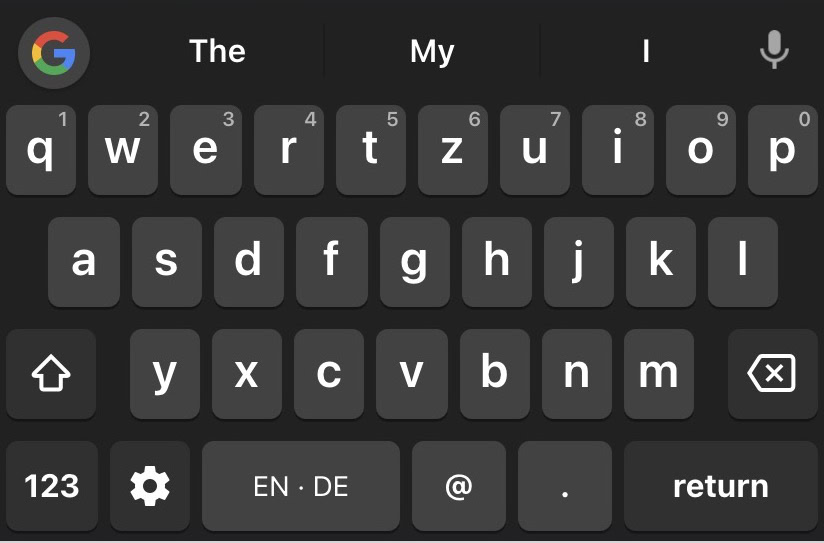
Gboard has to be the best third-party keyboard ever, and a must-have if you are a big Google fan. Its predictive text is fantastic, and it has various Google services baked into it, including my all-time favorite, Translate. If you are messaging in a foreign language, Gboard will translate on the fly for you, which is absolutely invaluable. You can also install multiple languages and various themes.
You don’t need to have a Google account to use it though, which makes it ideal for anyone to use. Plus, its extensive library of GIFs and emojis will appeal to the younger demographic.
Swiftkey
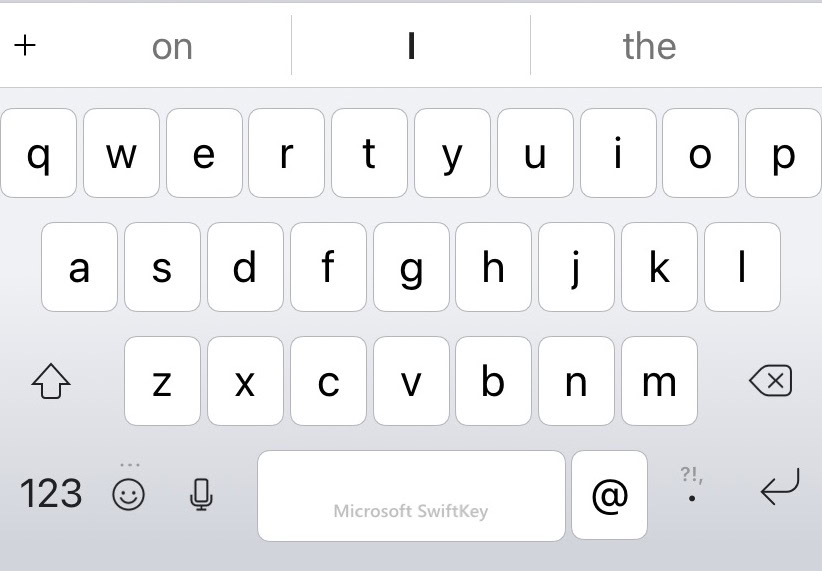
SwiftKey was taken over by Microsoft, and unlike other products that usually deteriorate fast when they’re bought by Microsoft (cough, Skype), SwiftKey seems to be one of the outliers. It’s received good reviews and a loyal user base.
It has some of the same things as Gboard — customizable themes, auto-correct, GIFs, Microsoft Translator, swipe typing, and more.
Grammarly
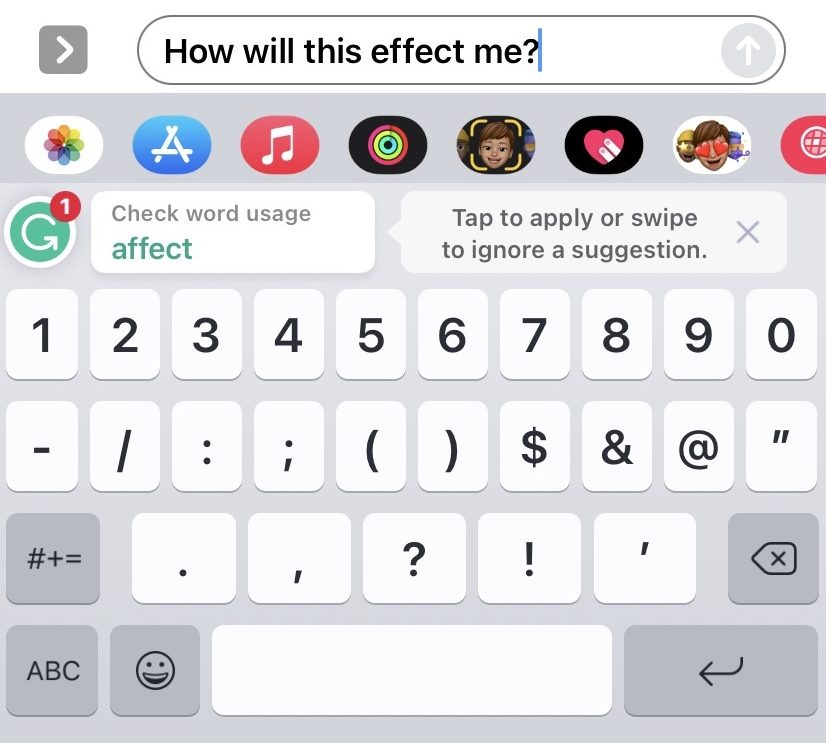
If you need something to check your spelling and grammar, but you prefer to have more control over it, then Grammarly is your best bet. As you type, it will highlight errors and suggest improvements, but it won’t automatically change it for you as standard auto-correct would do.
You would have to approve or turn down each suggestion, which will give you more peace of mind that you’re not going to accidentally send a text to your boss with any rude auto-corrected words in it.
How to change the keyboard on the iPhone
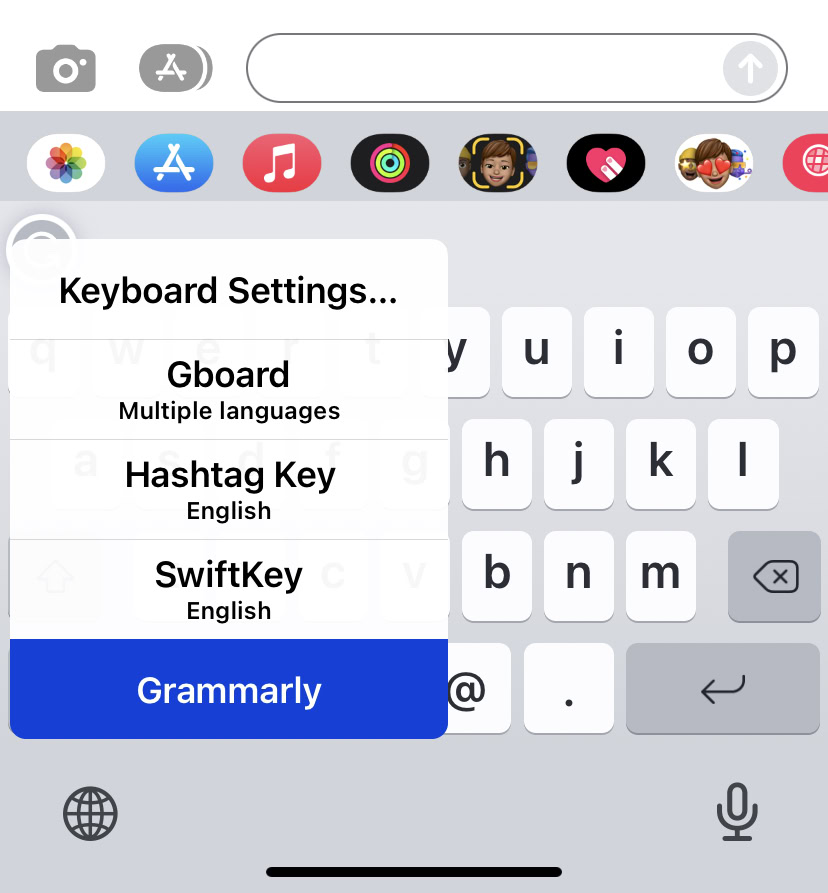
If you choose to install a third-party keyboard, then open the keyboard app and follow the instructions to install it. Then when it has been installed, go to an app that will open your keyboard. Tap the globe in the bottom left-hand corner of the screen, and a menu will pop up showing your installed keyboards. Tap the one you want, and the iPhone will jump over to it.
How to customize your iPhone keyboard
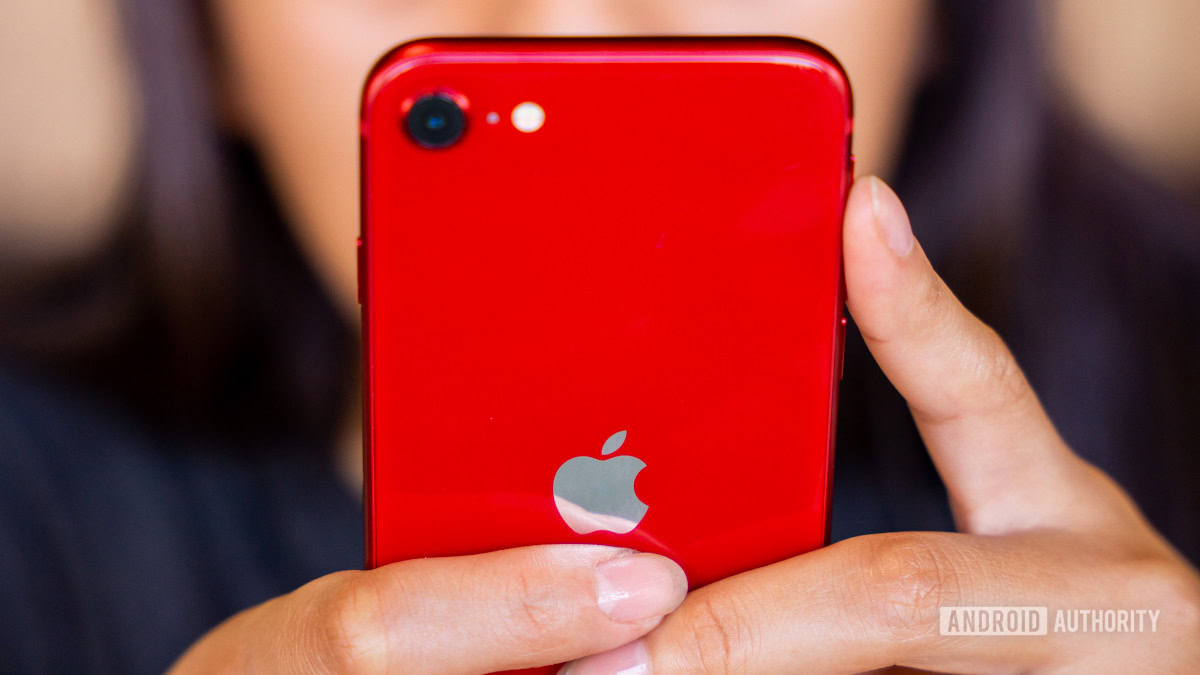
Now that you have got your keyboard installed, let’s look at various ways you can customize it to make it uniquely yours.
Text shortcuts (General >Keyboards >Text Replacement)
Text shortcuts have to be one of the best iOS keyboard features. You can set up shortcuts that, when typed, will expand into longer sentences and messages.
In the screenshot below, you can see the few I have set up. The first is an automatic SOS message that I can send to my wife if I need medical assistance. I also have ones set up to make it easier and faster to type out my email address and mobile number.
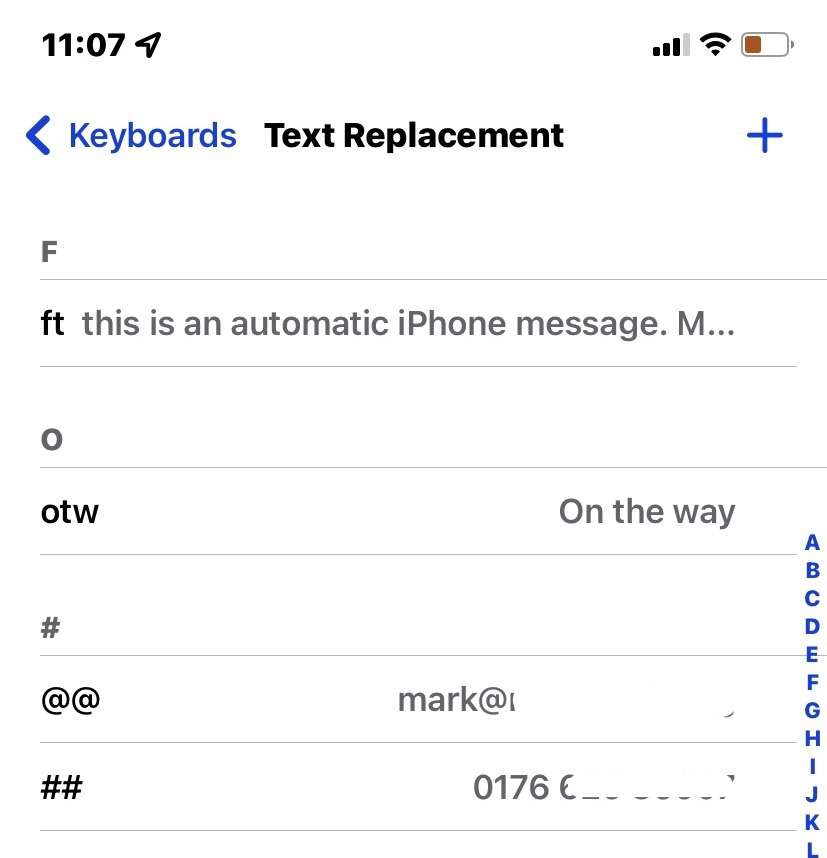
Change keyboard language (General >Keyboards >Keyboards)
If you want to add a new baked-in iPhone keyboard in another language, this is where to go. Tap Add New Keyboard.
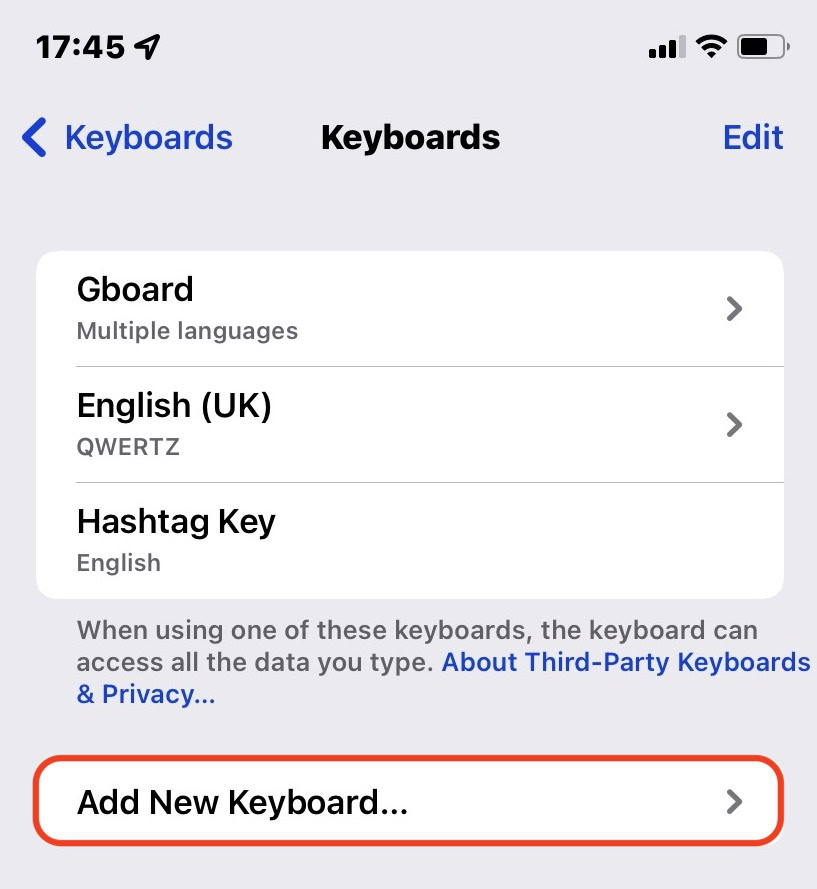
Now choose your language, and the language pack will download and install.
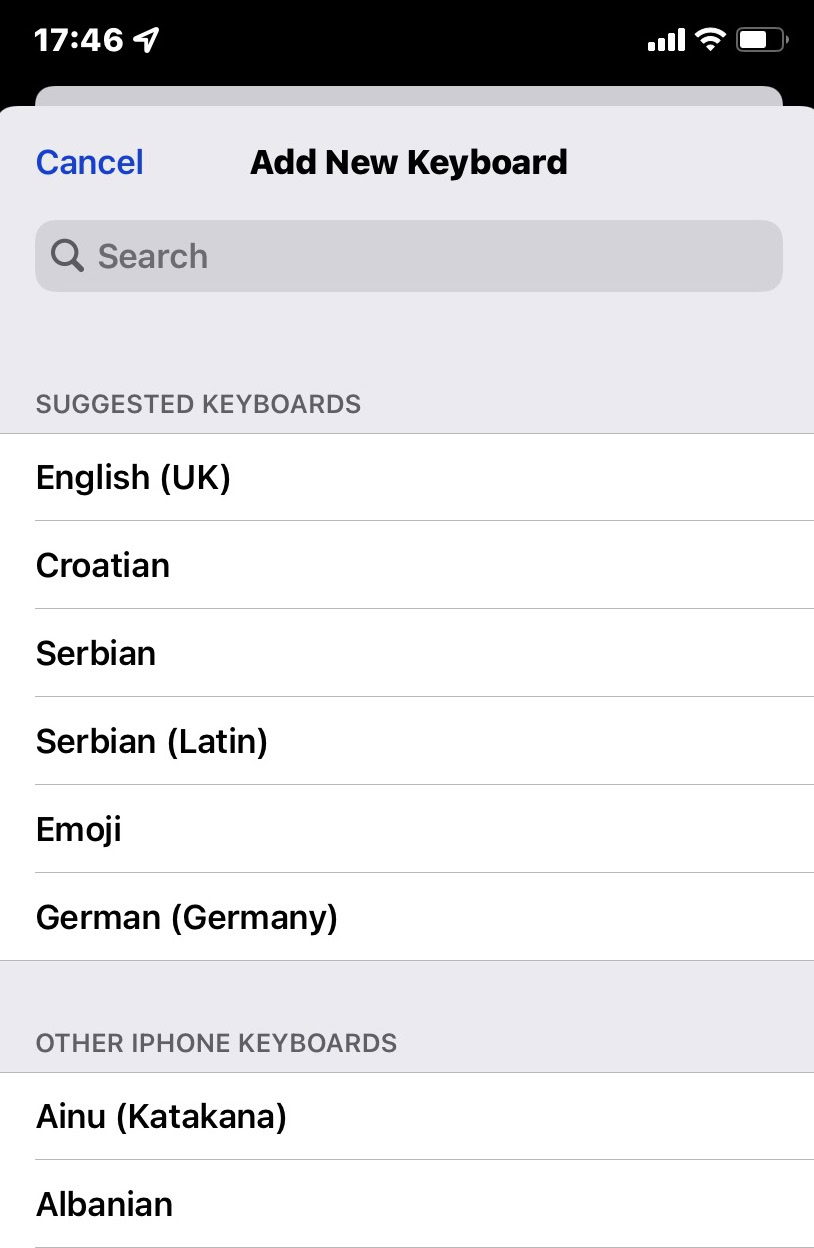
If you want to change the keyboard language on a third-party keyboard, go to the app for that keyboard. There will be a section for adding a new language.
Change keyboard layout (General >Keyboards >Keyboards)
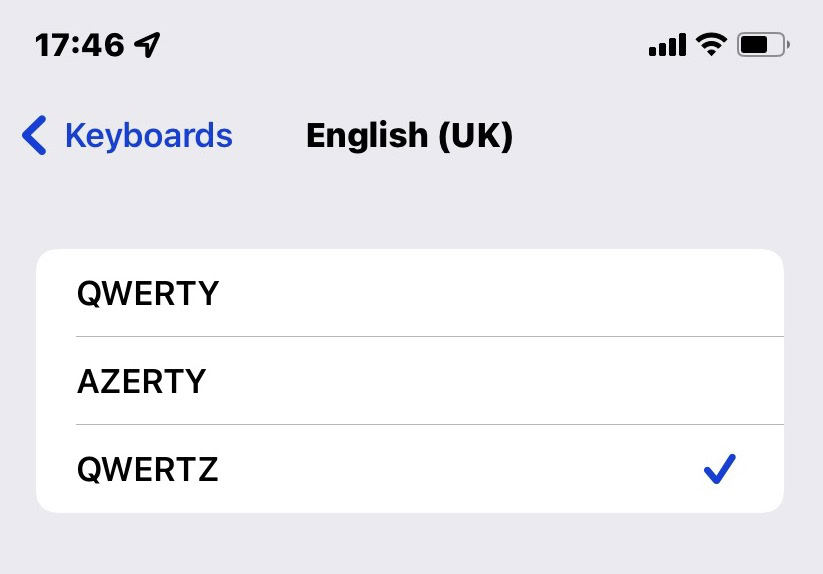
Not all keyboards are the same. In the UK and US, for example, keyboards are QWERTY, but in parts of Europe, they are QWERTZ. So you may need to specify your keyboard layout here to ensure you’re not hitting the wrong letters.
Turn off lower-case letters (Accessibility >Keyboards)
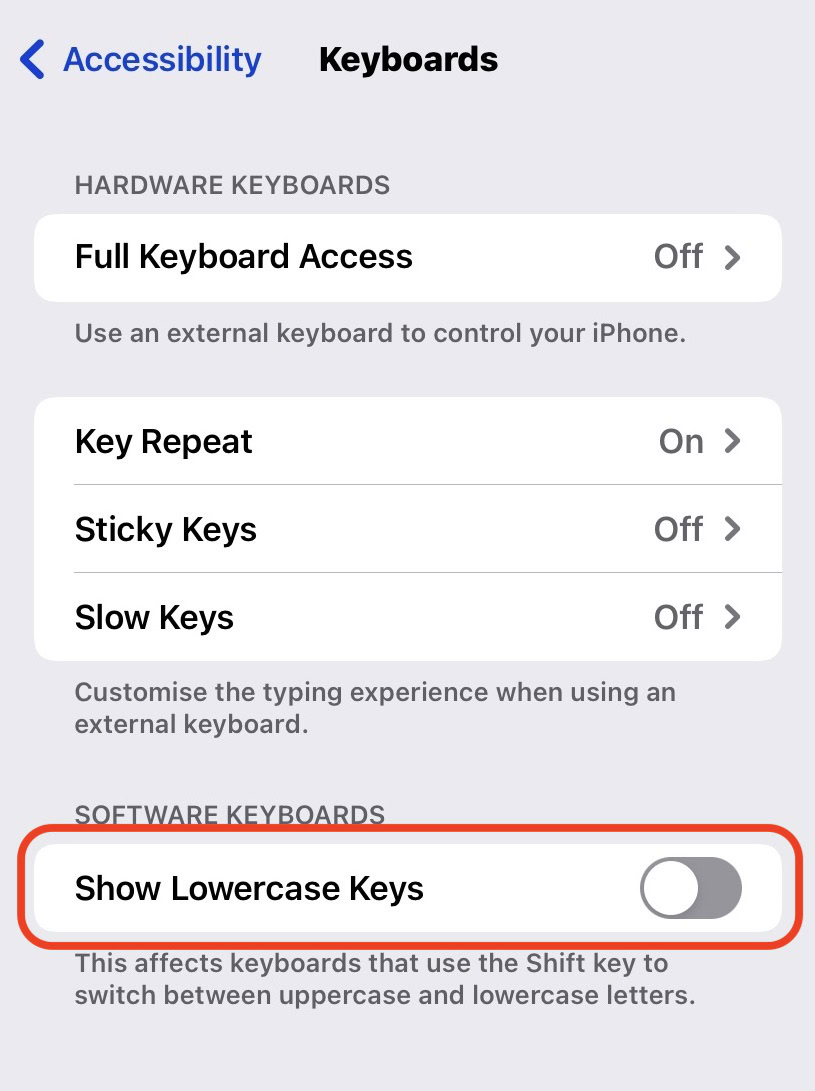
If you have difficulties seeing, then lowercase letters may be difficult for you to type or read. In that case, it might be prudent to disable lowercase keys and use uppercase letters only. Bear in mind, though, that writing solely in uppercase will likely bother a lot of people you communicate with, as it is considered to be the typing equivalent of yelling at someone.
If you still want to do it, go to Settings >Accessibility >Keyboards, and toggle off Show Lowercase Keys.
Make the keyboard larger (Control Center)
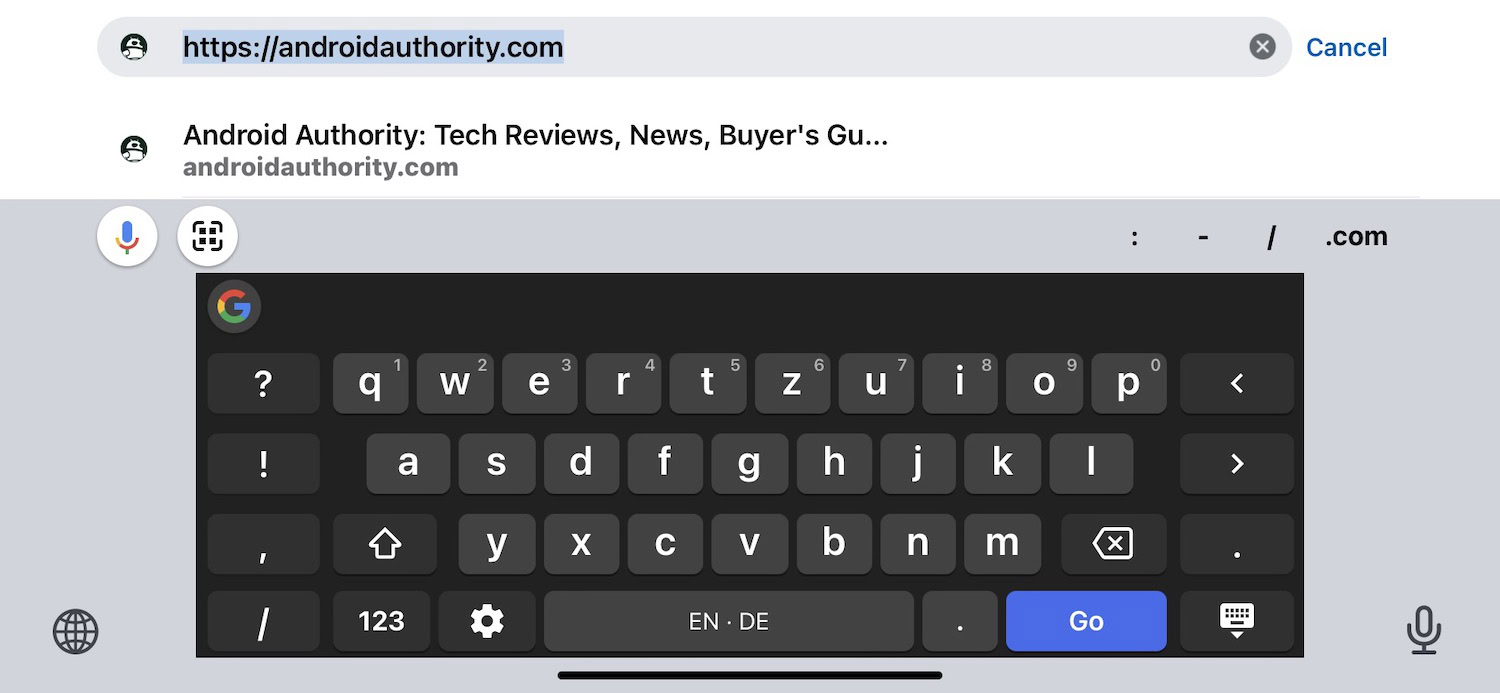
If you have big fat fingers, causing you to make lots of typos, then it might be time to consider turning the keyboard into landscape mode to make it bigger.
Doing so is simple. Swipe down from the top right-hand corner of the screen to open Control Center. Tap the icon which has a padlock with an anti-clockwise arrow around it. This unlocks the screen orientation. Now turn your phone, and the screen will move with it.
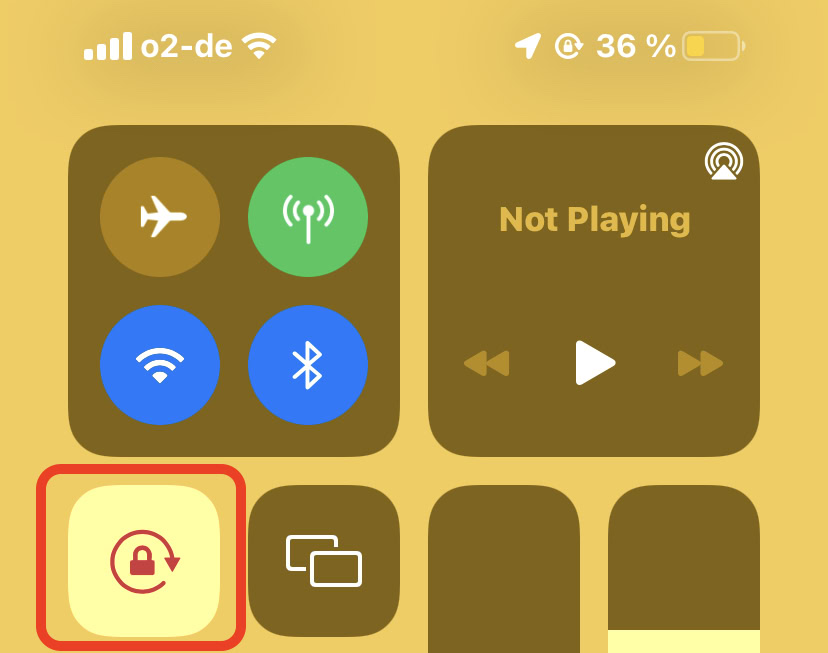
Attach iPhone to an external keyboard (Accessibility >Keyboards >Full Keyboard Access)
You may not know that if you have difficulty using the touchscreen because of a physical or mental disability, you can control your iPhone using shortcuts on a Magic Keyboard instead.
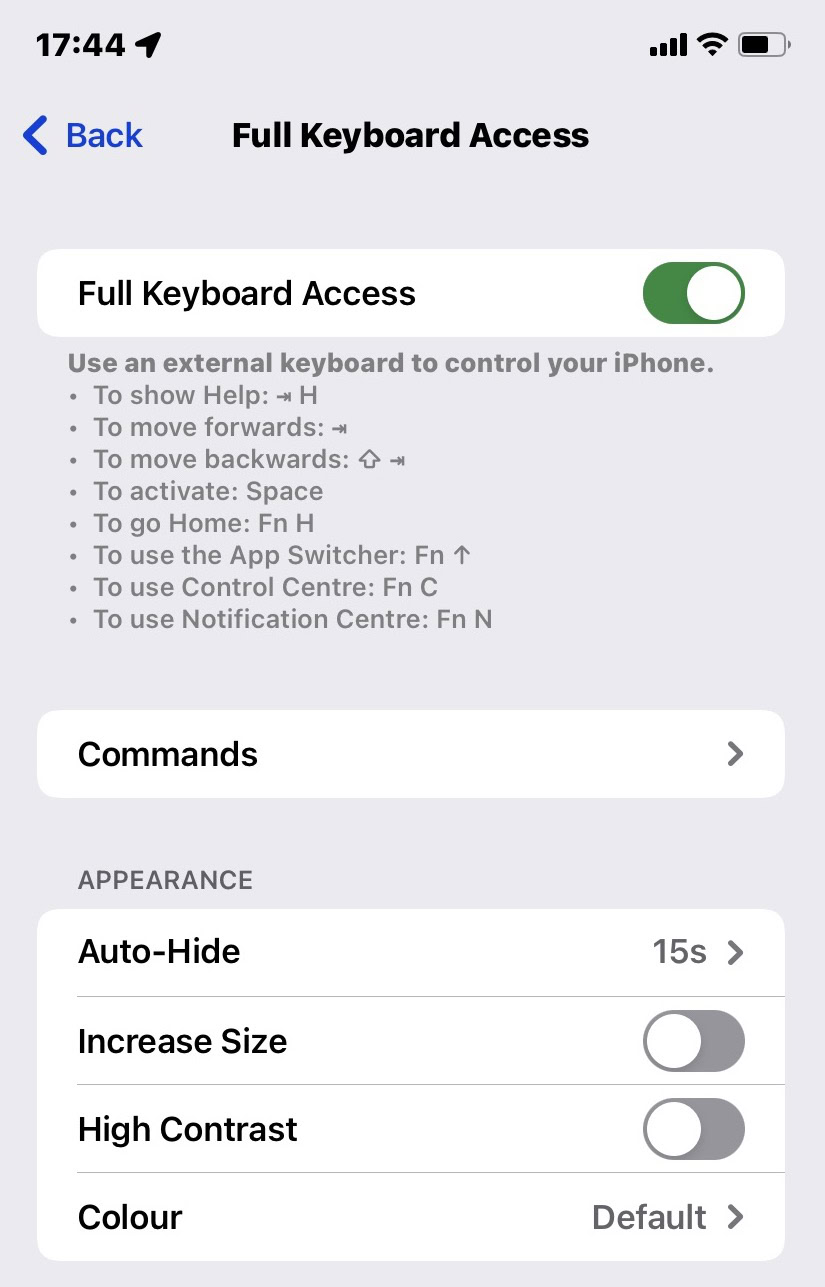
Control your iPhone using keyboard shortcuts by tapping Commands. You’ll then get the full list of available options.
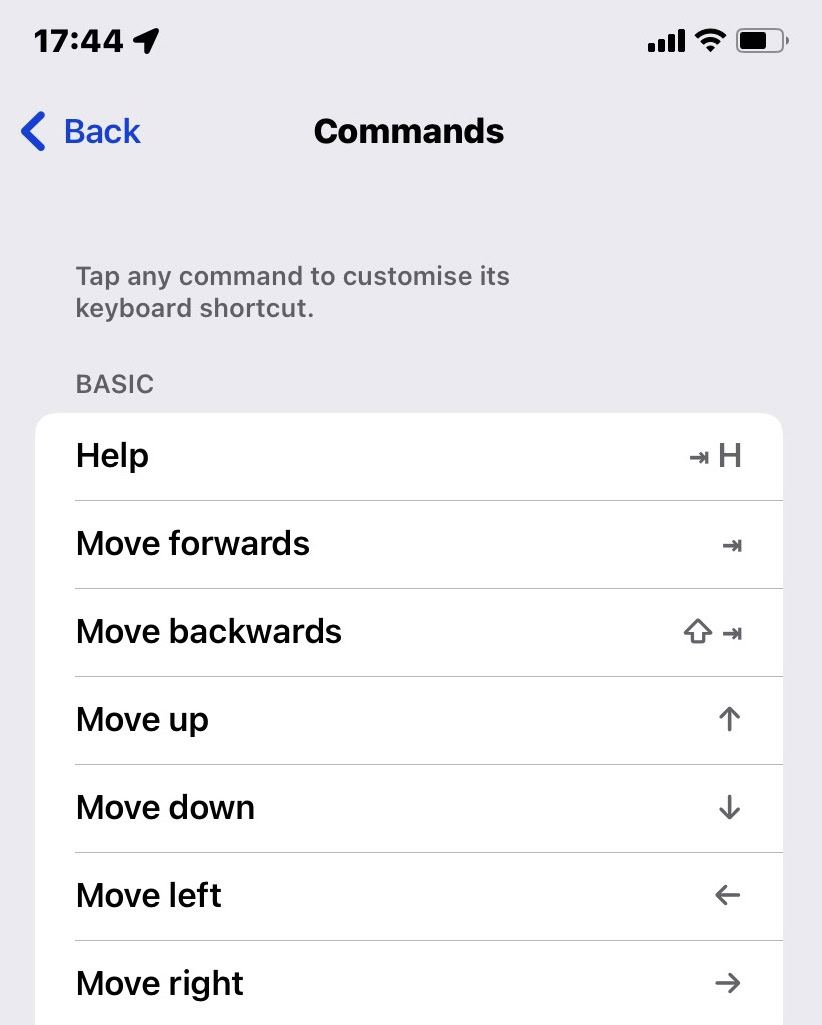
Make the keyboard one-handed (General >Keyboards >One-Handed Keyboard)
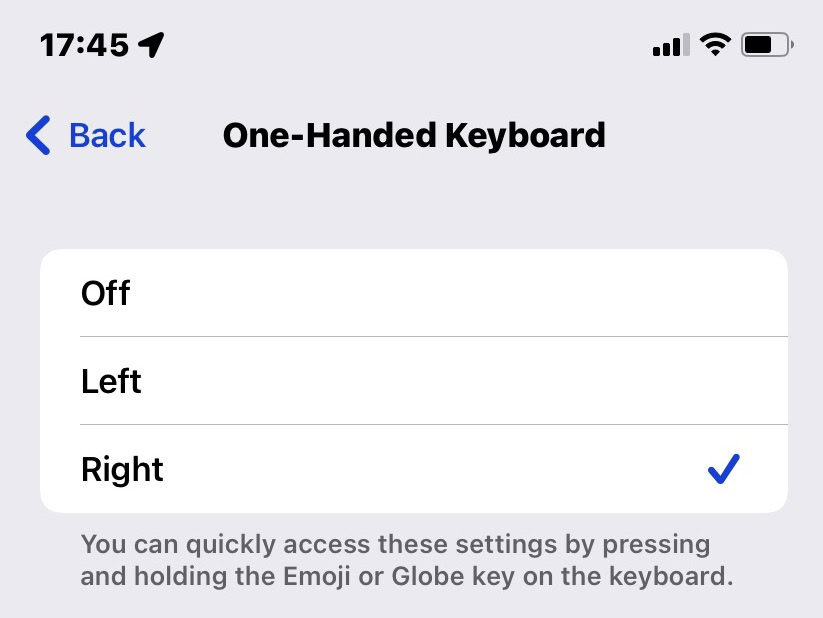
If you prefer to type with one hand, you can have the keyboard keys shifted to one side of the screen. Select which side of the screen you want the keys (based on your writing hand, obviously), and they will move over.
How to turn predictive text on and off on an iPhone
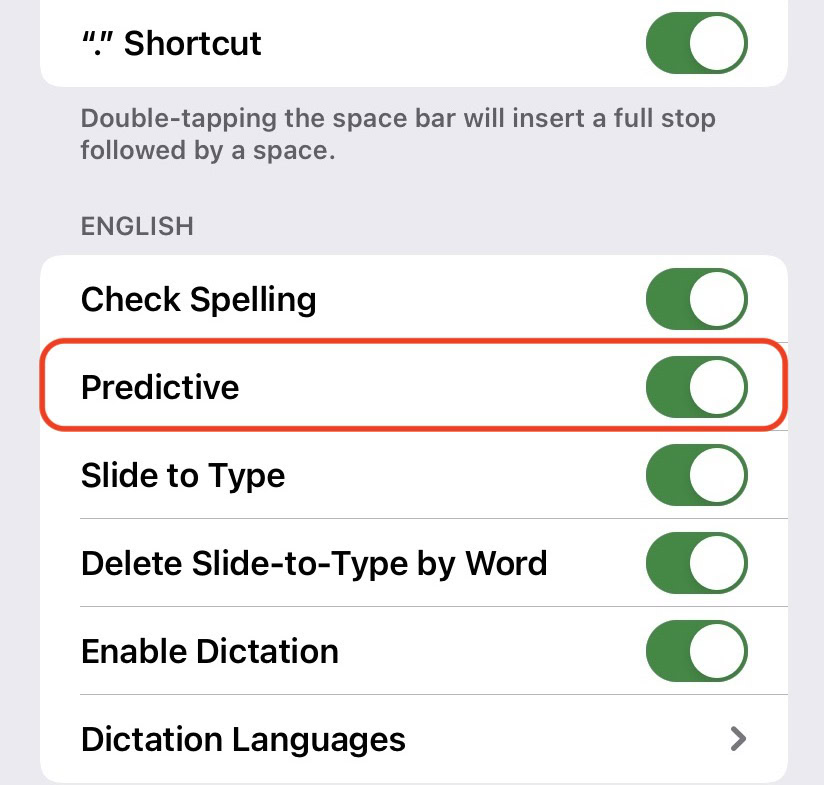
Predictive text is when the keyboard tries to predict what you want to say next and suggests relevant and suitable words. You can then just tap the word you want, and the keyboard adds it to your message.
It saves a lot of time, but some people may find it offputting that their phone is learning their writing styles and telling them how to write. If it really bothers you, you can disable it by going into the keyboard settings and toggling off Predictive. If you’re using a third-party keyboard, though, you will need to disable predictive text through the keyboard’s app.
Read more: 10 best Android keyboards for all kinds of typists
Thank you for being part of our community. Read our Comment Policy before posting.